Top 3 Contingency Plans to Consider When Working With Pack Animals
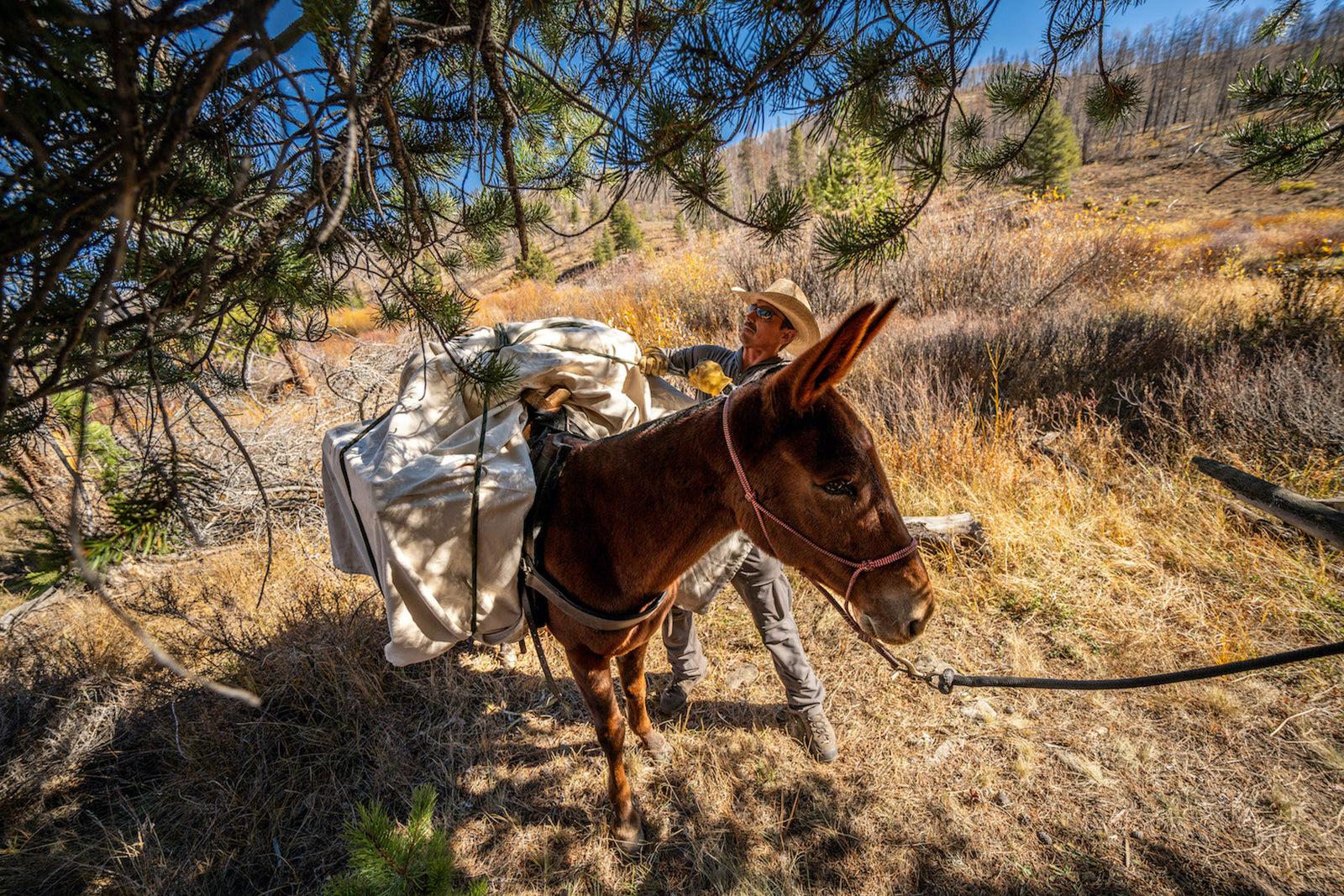
Using stock to hunt the remote backcountry of the West can provide a huge benefit. With pack animals, you can pack in gear that you would otherwise never dream of taking on a backpack-style hunt. Gear and tasteful luxuries such as wall tents, wood stoves, better food and beverages (think ribeyes and cold, blue mountains here), can elevate your backcountry experience to levels enjoyed by few. This isn't to mention the fact that you can enjoy "fresh legs" once departing camp with weapon and tag, due in full to the pack animals' transport of both yourself and gear from the trailhead. But with the natural allure that is hunting with stock comes some specialized difficulties in their own right. Here are a few contingency plans you may want to consider ahead of time should you choose to adventure remotely with reins or leads in-hand.
Contingency Plan #1 - Equipment Failure
Equipment failure is inevitable when it comes to working with big, powerful animals and the heavy loads they carry on our behalf into the backcountry. Always ensure you check and double-check your pack equipment for any weak or otherwise worn areas before committing to the trail ahead, as having good equipment at the stock trailer will save you from big headaches later on. Even with ensuring serviceable equipment is had from the start, you're definitely going to want to have some spare parts on-hand to repair broken breast collars, Latigos, or halters. And this includes the personal skillset from which to do so too! As sure as the day is long something will break between the trailhead parking lot and the waypoints that lie over the horizon, so you'll need to be able to make a repair that can get you back to your rig. Additionally, I like to carry just enough tools to reset a loose or lost shoe as not to lame a horse or mule. A dozen horseshoe nails, small hammer, and a good Leatherman have "saved my bacon" on more occasions than I care to recollect. When the time comes for you to experience these type occurrences for yourself, if you haven't already, you'll know what I mean by "than I care to recollect"!

Contingency Plan #2 - Prepare for Sick or Sore Animals
There isn't much that can ruin a backcountry hunt that involves stock any quicker than having an injured or sore animal and not being prepared to deal with it. Just like our human selves, pack animals are going to get sick, sore, or even injured at times. When operating in unfamiliar, rugged country, the likelihood of experiencing an unfortunate circumstance such as this is magnified...greatly! Having a first-aid kit for your stock is a necessity. "Better to have it and not need it than to need it and not have it" is something that should resonate here. A curved needle and thread, vet wrap, butte, and BANAMINE for colic are the main things that I like to carry with me in the backcountry when working with pack animals. And if push comes to shove you can darn sure use these supplies on yourself or your buddy in a pinch (except for the BANAMINE of course - leave that for the horses). More often than not the stock you take with you will make it through a fall season healthy and unscathed. However, you always want to be prepared for that one unforeseen wreck that is bound to happen eventually and hope to God that it's not too bad. Even adopt the "Expect to Self-Rescue" mindset if you will.
Contingency Plan #3 - Prepare for Panic or Flight Scenarios
This aspect of contingency planning and forethought seems to be all too often overlooked. The scenario that is panic or flight with pack animals causes more wrecks and injuries to both stock and person than just about anything else. Horses, mules, llamas, and goats all have a flight mentality when surprised or scared. The sure size of horses and mules makes them extremely dangerous to both person and themselves in these situations. There can be many things that cause an animal to spook, and most can be avoided with a little care and common sense. Loose objects on an animal's back or surrounding areas will often cause a problem. Be sure your pack loads are properly secured before venturing on trail. Also, new experiences can suggest a scary situation for the animals themselves. Whether it's the smell of blood from a harvested critter or an unexpected and sudden sound, there's the potential that a pack animal may spook. To ensure you have the highest chance of success when working with pack animals in a panic or flight scenario, it's best to exercise a proactive vs. reactive mindset.

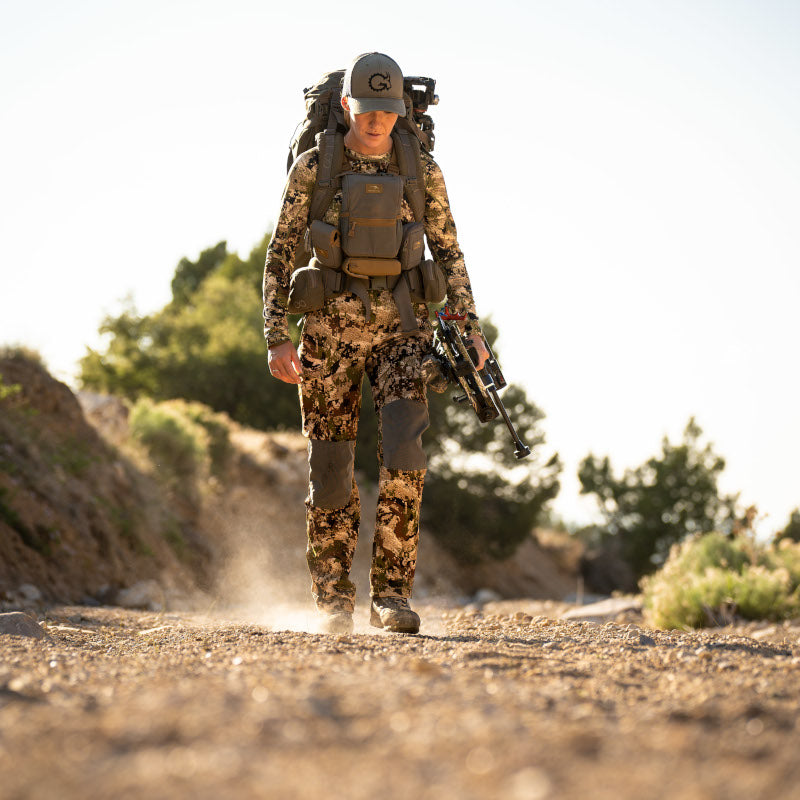
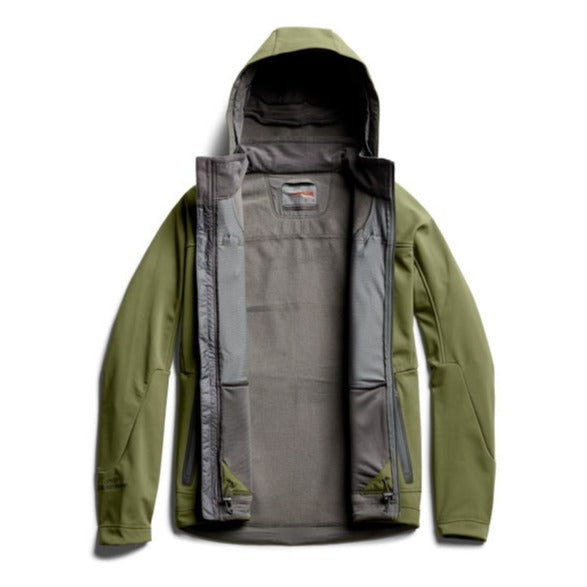
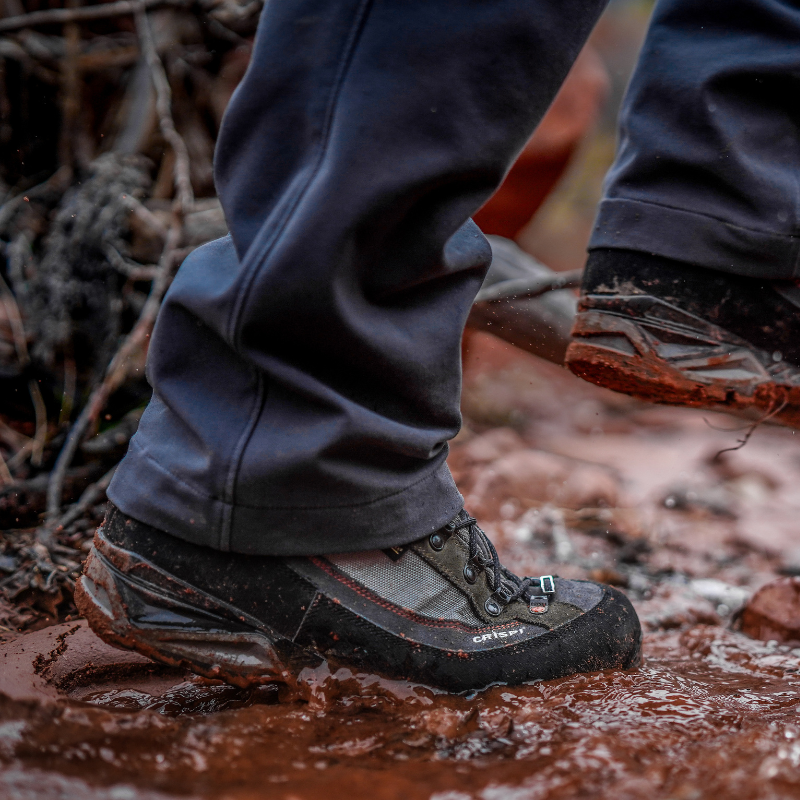
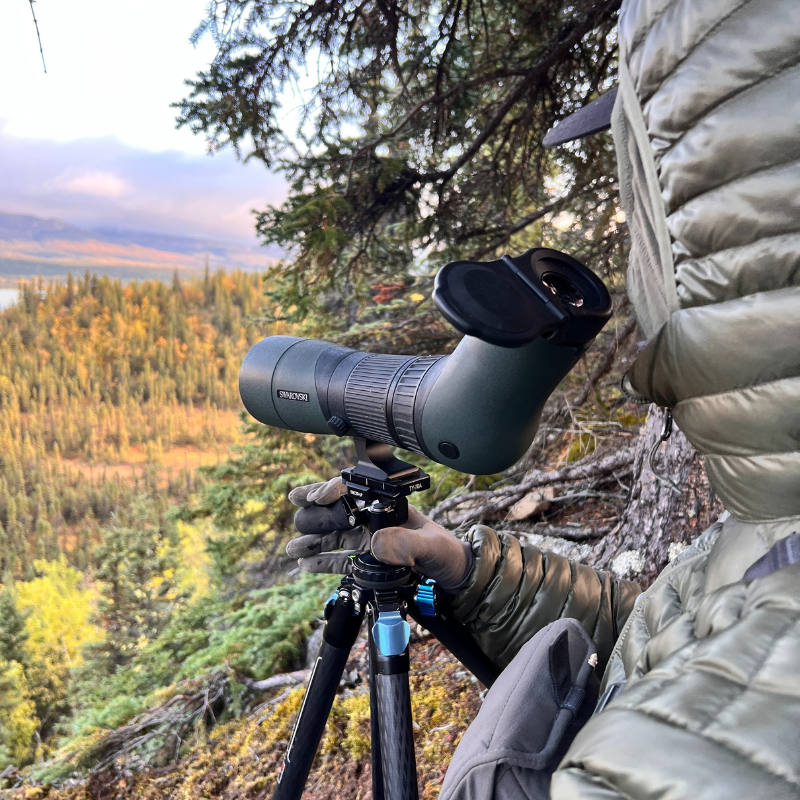
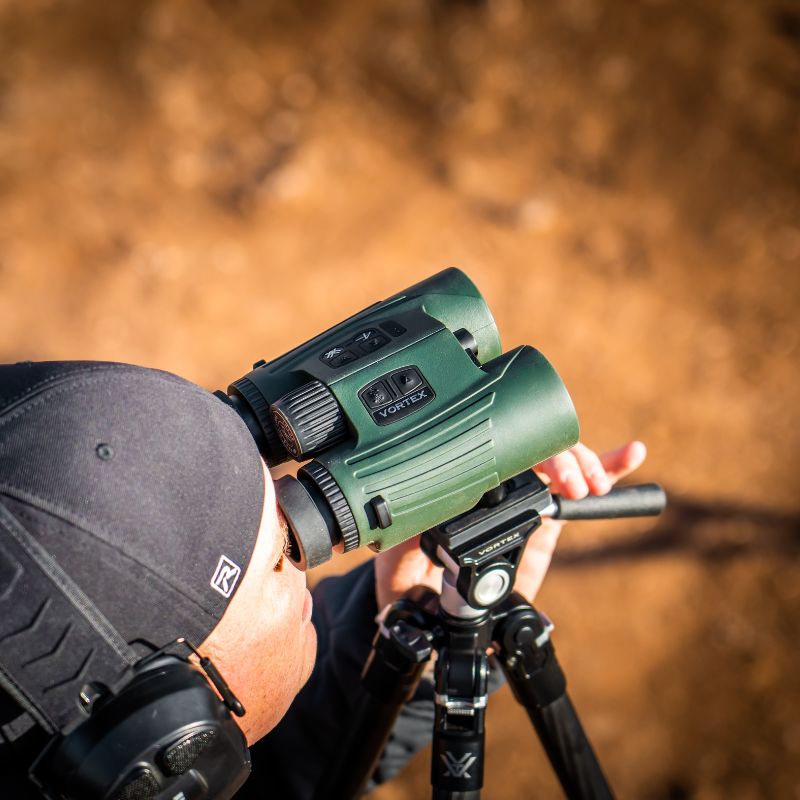
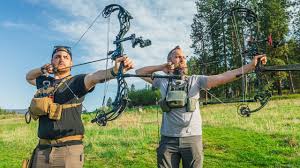
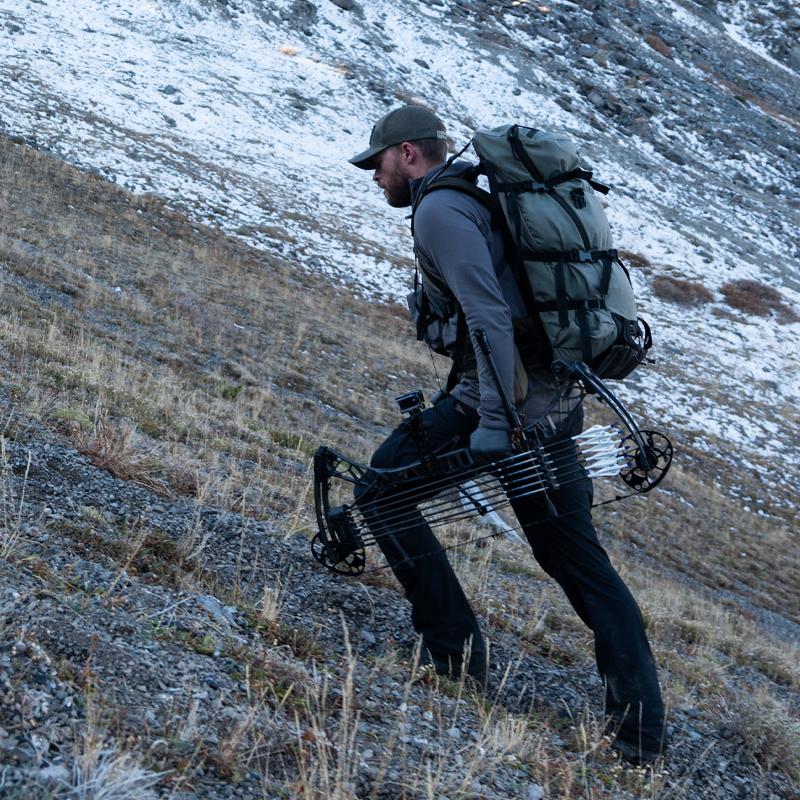


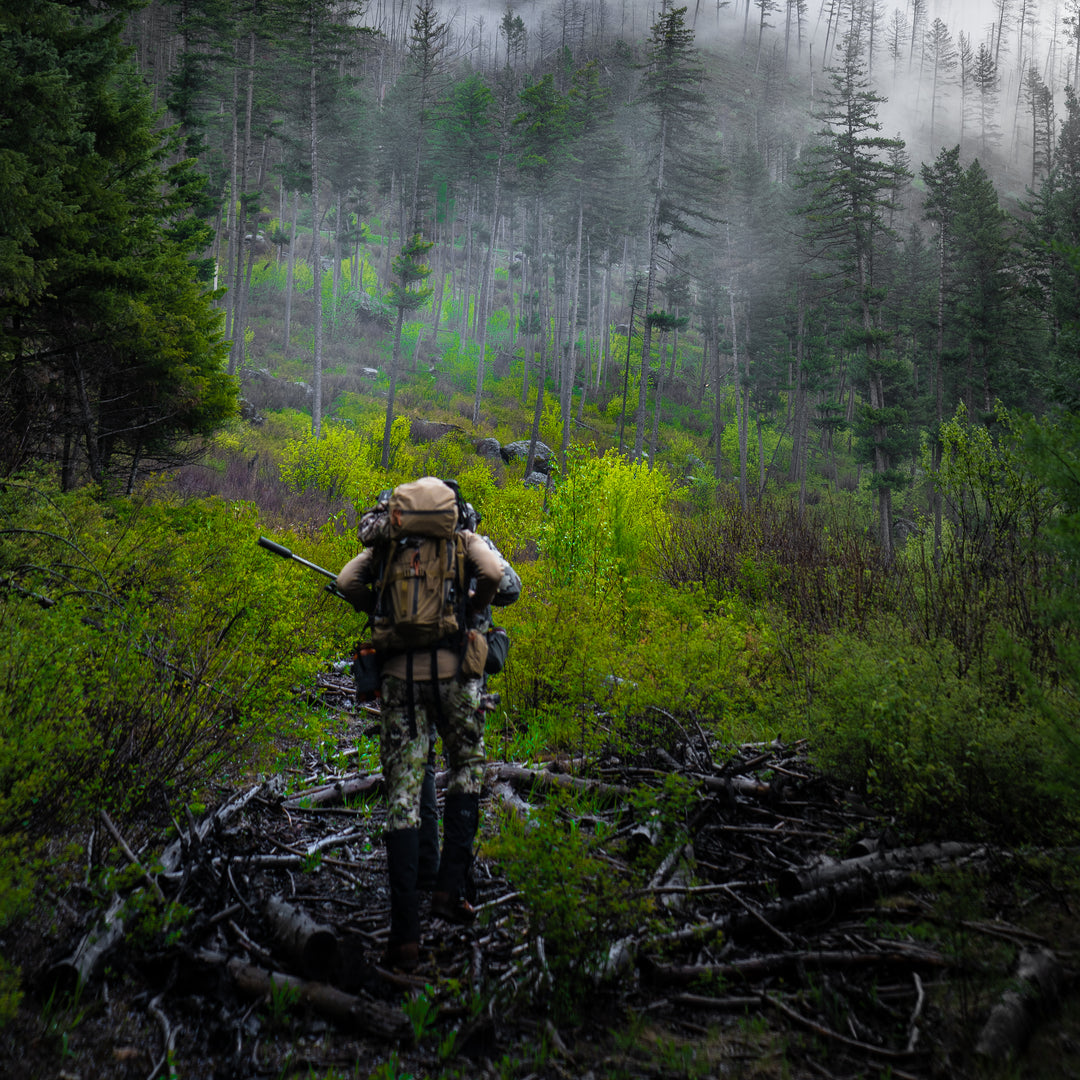
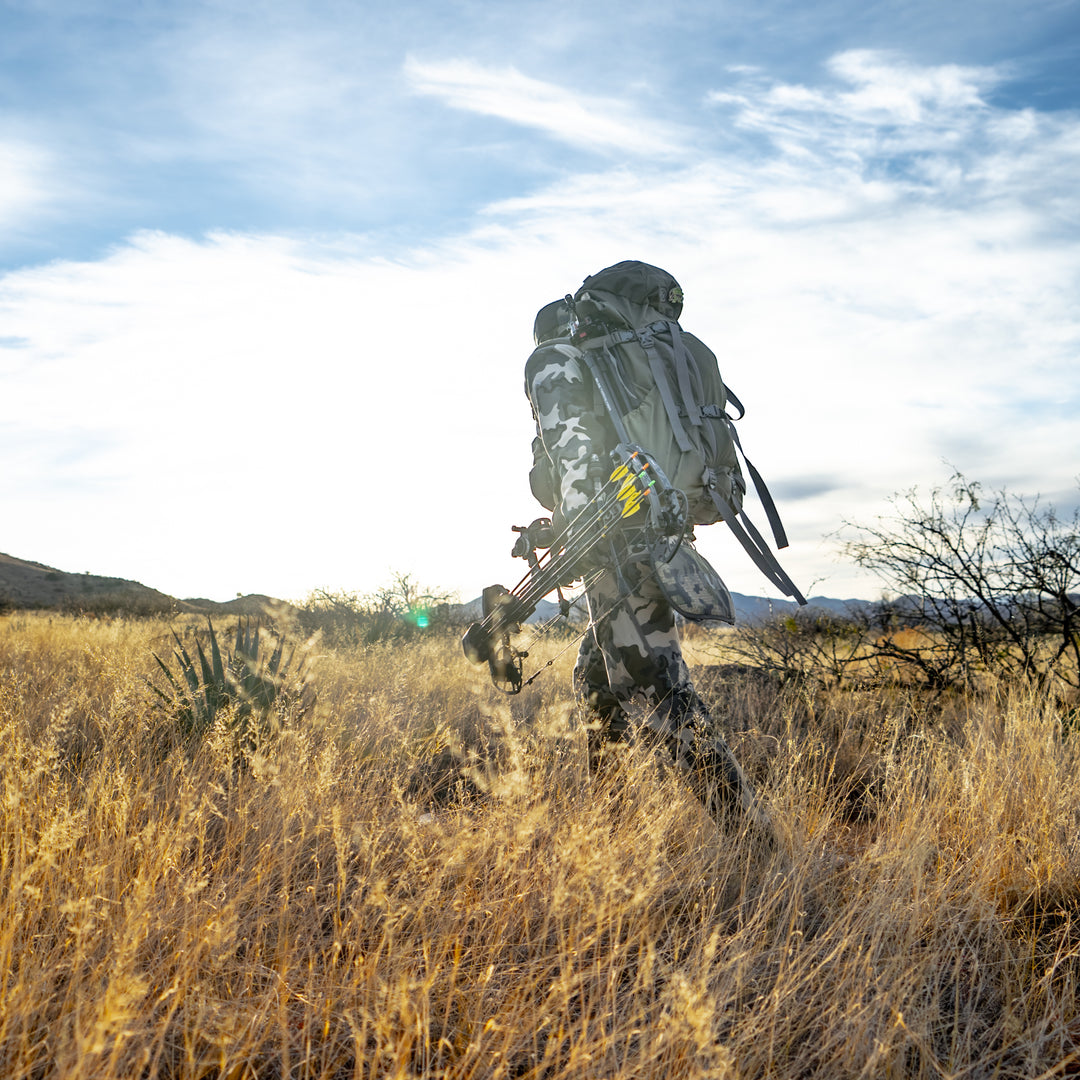
Leave a comment